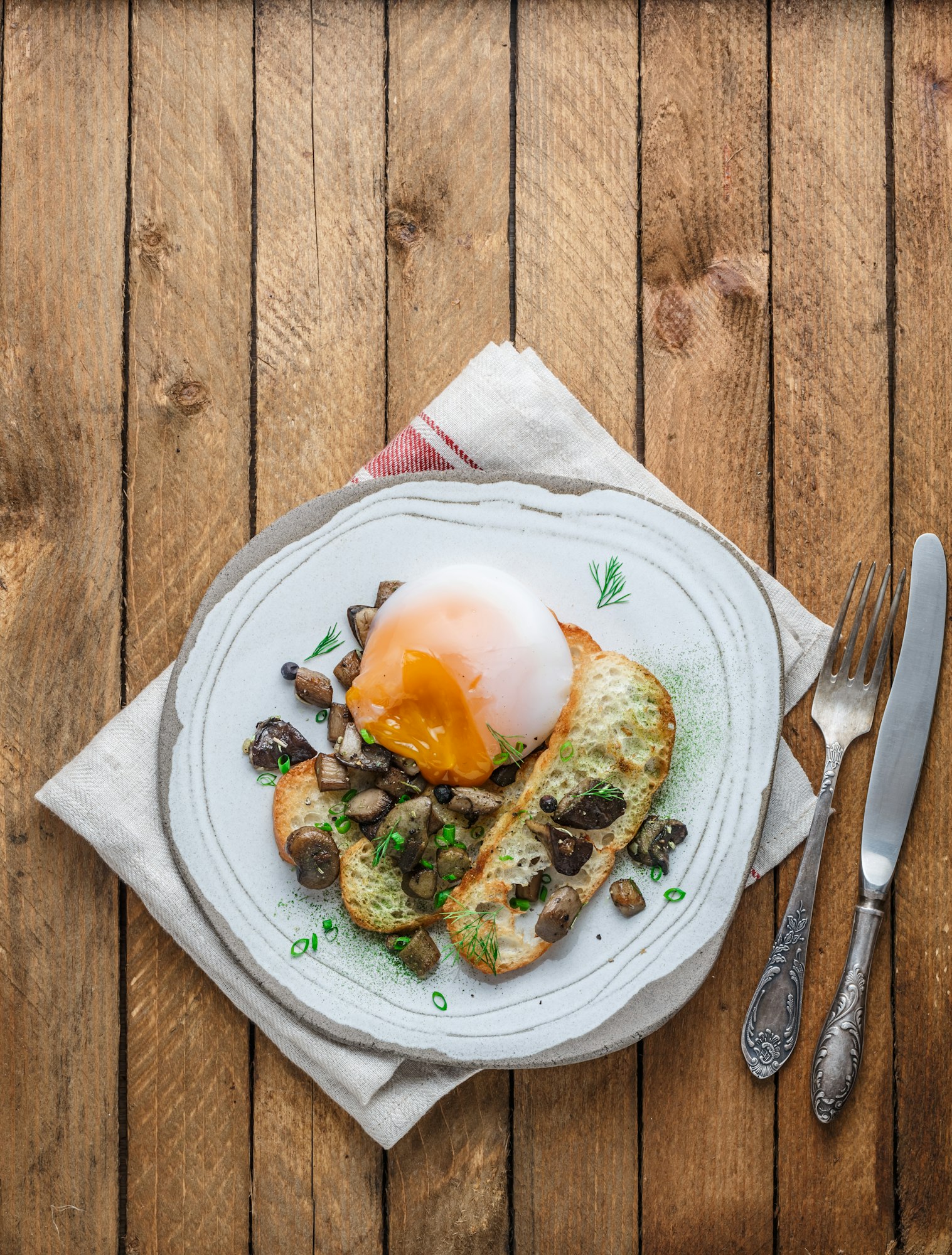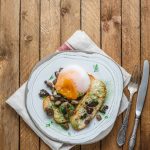The Ultimate Guide to Sous Vide: Discover the Perfect Temperature for Tender, Juicy Chicken
Understanding Sous Vide Cooking
Sous vide cooking has revolutionized the way we prepare meals, especially when it comes to achieving perfectly cooked chicken. The term "sous vide" is French for "under vacuum," which describes the process of sealing food in airtight bags and then cooking it in a water bath at a precisely controlled temperature. This method ensures that your chicken is cooked evenly and retains its natural juices.
The Science Behind Sous Vide Cooking
The key to sous vide cooking is the precise control over the temperature of the water bath. Unlike traditional cooking methods where the heat can be uneven and the cooking time uncertain, sous vide cooking guarantees that the food is cooked to the exact desired temperature throughout. This is particularly important for chicken, as it needs to be cooked to a safe internal temperature to avoid foodborne illnesses.
Also read : The Ultimate Guide to Choosing the Best Cooking Oil Dispenser for Perfect Portion Control
According to food safety guidelines, chicken must be cooked to an internal temperature of at least 165°F (74°C) to ensure safety. However, sous vide cooking allows for a more nuanced approach. By cooking chicken at a lower temperature for a longer period, you can achieve tender and juicy results while still meeting safety standards.
Choosing the Right Temperature for Chicken
When it comes to cooking chicken sous vide, the temperature is crucial. Here are some guidelines for different levels of doneness:
Also to see : Top Panini Press Features for Perfectly Cooked Sandwiches and Hassle-Free Clean-Up
Temperature Guide for Sous Vide Chicken
| Temperature (°F) | Temperature (°C) | Level of Doneness |
|---|---|---|
| 130-135 | 54-57 | Rare |
| 140-145 | 60-63 | Medium Rare |
| 150-155 | 66-68 | Medium |
| 158-162 | 70-72 | Medium Well |
| 165-170 | 74-77 | Well Done |
For chicken breasts, a temperature of 158°F (70°C) is often recommended as it provides a balance between juiciness and texture.
Preparing Chicken for Sous Vide Cooking
Before you start cooking, it's essential to prepare your chicken properly. Here are the steps to follow:
Seasoning and Marinating
- Season both sides of the chicken liberally with salt, pepper, and any other desired herbs or spices.
- For added flavor, you can marinate the chicken in a mixture of your choice (e.g., garlic, lemon, rosemary) for up to 24 hours before cooking.
Vacuum Sealing
- Place the seasoned chicken in a zip-lock bag or a vacuum-sealed bag.
- Add any additional ingredients like garlic, lemon slices, or herbs to the bag.
- Seal the bag, ensuring that as much air as possible is removed. This can be done using a vacuum sealer or by slowly submerging the bag in water to force out the air.
Cooking the Chicken Sous Vide
Once your chicken is prepared and sealed, it's time to cook it.
Setting Up the Water Bath
- Fill a large pot or container with water and place it over medium heat.
- Use a thermometer to ensure the water reaches the desired temperature.
- For chicken breasts, aim for a temperature of around 158°F (70°C).
Cooking Time
- Place the sealed bag into the water bath and ensure it is fully submerged.
- Cooking times can vary, but generally:
- Chicken breasts: 1-3 hours
- Chicken thighs: 2-4 hours
- Whole chicken: 4-6 hours.
Searing the Chicken (Optional)
After cooking the chicken sous vide, you can add a crispy crust by searing it in a skillet.
Searing Process
- Heat a skillet over high heat with a small amount of oil or butter.
- Remove the chicken from the bag and pat it dry with paper towels to remove excess moisture.
- Sear the chicken for about 1-2 minutes on each side, or until a golden-brown crust forms.
Practical Tips and Variations
Here are some practical tips and variations to enhance your sous vide chicken experience:
Using Different Herbs and Spices
- Experiment with various herbs and spices to change the flavor profile of your chicken. For example, you can use rosemary, thyme, garlic, or lemon to add different notes.
Adding Marinades
- Marinades can significantly enhance the flavor of your chicken. Most liquid marinades work well, and you can even marinate the meat in the bag for up to 24 hours before cooking.
Cooking Chicken Breasts vs. Thighs
- Chicken breasts and thighs have different cooking times due to their thickness and fat content. Breasts typically cook faster than thighs, so adjust the cooking time accordingly.
Common Mistakes to Avoid
When cooking chicken sous vide, there are a few common mistakes to avoid:
Insufficient Sealing
- Ensure that the bag is properly sealed to prevent water from entering and to maintain even cooking.
Incorrect Temperature
- Always use a thermometer to ensure the water bath is at the correct temperature. This is crucial for achieving the desired level of doneness and ensuring food safety.
Overcooking
- Be mindful of the cooking time to avoid overcooking the chicken. Sous vide cooking allows for precise control, but it's still possible to overcook if the chicken is left in the water bath for too long.
Real-Life Examples and Anecdotes
Here’s an example from a Reddit user who cooked chicken supremes sous vide:
"I prepared Chicken Supremes with the bone intact and skin on, cooking them for three hours at 64°C. They were vacuum sealed alongside sliced garlic, lemon, and rosemary. The result was remarkably tender and juicy. I think it might be possible to lower the temperature to 63°C. In a separate test, I cooked at 65°C and found it to be even juicier, indicating that the quality of the chicken breast can significantly influence the outcome."
Sous vide cooking is a versatile and precise method that can elevate your chicken dishes to new heights. By understanding the science behind sous vide, choosing the right temperature, and following proper preparation and cooking steps, you can achieve tender, juicy chicken every time.
Here is a detailed bullet point list summarizing the key points:
- Seasoning and Marinating: Season the chicken with salt, pepper, and herbs. Marinate if desired for up to 24 hours.
- Vacuum Sealing: Seal the chicken in a bag with any additional ingredients, ensuring minimal air.
- Setting Up the Water Bath: Heat water to the desired temperature (e.g., 158°F for chicken breasts).
- Cooking Time: Cook for 1-3 hours for breasts, 2-4 hours for thighs, and 4-6 hours for whole chicken.
- Searing: Optional step to add a crispy crust by searing in a hot skillet.
- Practical Tips: Experiment with herbs, use marinades, and adjust cooking times based on the cut of chicken.
- Common Mistakes: Ensure proper sealing, correct temperature, and avoid overcooking.
With these guidelines and tips, you're ready to embark on your sous vide chicken cooking journey, ensuring every piece of chicken that comes out of your kitchen is tender, juicy, and perfectly cooked.
Table: Comparison of Cooking Methods
| Cooking Method | Temperature Control | Even Cooking | Retention of Juices | Cooking Time |
|---|---|---|---|---|
| Sous Vide | Precise | Yes | High | 1-6 hours |
| Grilling | Variable | No | Medium | 15-30 minutes |
| Pan-Frying | Variable | No | Medium | 15-30 minutes |
| Oven Roasting | Moderate | Yes | Medium | 30-60 minutes |
This table highlights the advantages of sous vide cooking in terms of temperature control, even cooking, and retention of juices, making it an ideal method for achieving perfect results every time.






